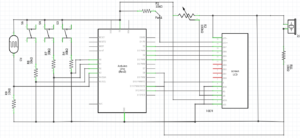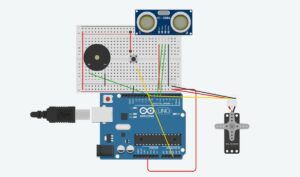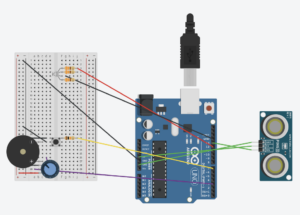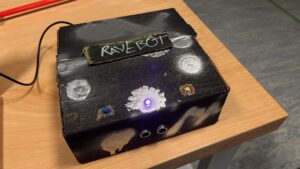A breif Rant on the Future of interactive media
The reading on future interfaces was mind-blowing! It was like someone suddenly turned on a light in a room I’d been sitting in for ages, and suddenly, everything made sense in a completely new way.
The author of this reflection, wow, they had been in the thick of designing future interfaces. Real prototypes, not just concepts. That’s a level of hands-on experience few people get. It’s like being backstage at a magic show and seeing how the tricks are really done.
Their beef with the video wasn’t about nitpicking interactions but about the vision itself. It wasn’t bold enough, not enough of a leap from the mess we’re dealing with in the present. And I get that! Visions should inspire, not just be a ho-hum “yeah, that’ll do” kind of thing.
But what really hit me was the talk about our hands. Hands are amazing! I mean, we use them constantly, but do we ever really think about how intricate they are? They’re like the Swiss Army knives of our bodies. Feeling things, manipulating objects—our hands are our interface with the world.
The idea of “Pictures Under Glass” really got to me. It’s like we’re willingly giving up the richness of touch for the sake of a fancy visual. The comparison to tying shoelaces with closed eyes hit home. We’re prioritizing sight over touch, but in reality, touch is the real MVP in how we interact with things.
The rant about the gestures we use with our fingers blew my mind. The fact that we switch between different grips without even thinking about it—opening a jar, for instance—showed how intuitive our interactions really are. Our hands are built for a three-dimensional world, for manipulating objects in ways that no other creature can. It’s like a superpower we take for granted every day!
And the call to action at the end was so powerful. The future isn’t predetermined; it’s a choice. It’s up to us to push for better interfaces, ones that harness the full potential of what our bodies can do. Why settle for a single finger when we have this incredible body that can do so much more?
What do I think about the Follow up
It’s like the author just dropped a knowledge bomb and left me reeling with thoughts and arguments ricocheting around my head.
The responses they received were a mix of understanding and misconceptions. The author wasn’t seeking to solve the problem outright; they wanted to spark curiosity and inspire researchers to delve into unexplored territories. The idea was to lay down the issue and hope it would catch the eye of the right people who could initiate the necessary research. That’s a pretty bold move!
The analogy about technology evolution using Kodak’s camera was spot on. The iPad, like the black-and-white camera, is groundbreaking, but it’s clear something’s missing. The push should be towards a dynamic tactile medium, not just a flat, glassy screen with minimal haptic feedback.
Their take on voice interfaces was refreshing. While acknowledging the importance of voice, especially for certain tasks, they stressed the limitations when it comes to creation and deep understanding. Explorable environments, where you can physically manipulate things, seem like the real deal.
The exploration of gestural interfaces was intriguing. From discrete abstract gestures to waving hands in the air, each had its pros and cons, but none seemed to fully harness the potential of our hands and bodies in a three-dimensional world.
The part about brain interfaces hit hard. Why are we trying to bypass our bodies altogether? It’s like saying our bodies are inadequate for the digital age. It’s a bold reminder to adapt technology to suit our natural capabilities rather than forcing ourselves to adapt to it.
The quote about fingertips and their importance for development resonated deeply. It’s like saying if we don’t use certain faculties, we lose them. The comparison to limiting literature to Dr. Seuss for adults is both humorous and thought-provoking.
And the clever redirect about the length of the rant with the book recommendation at the end was a nice touch!








